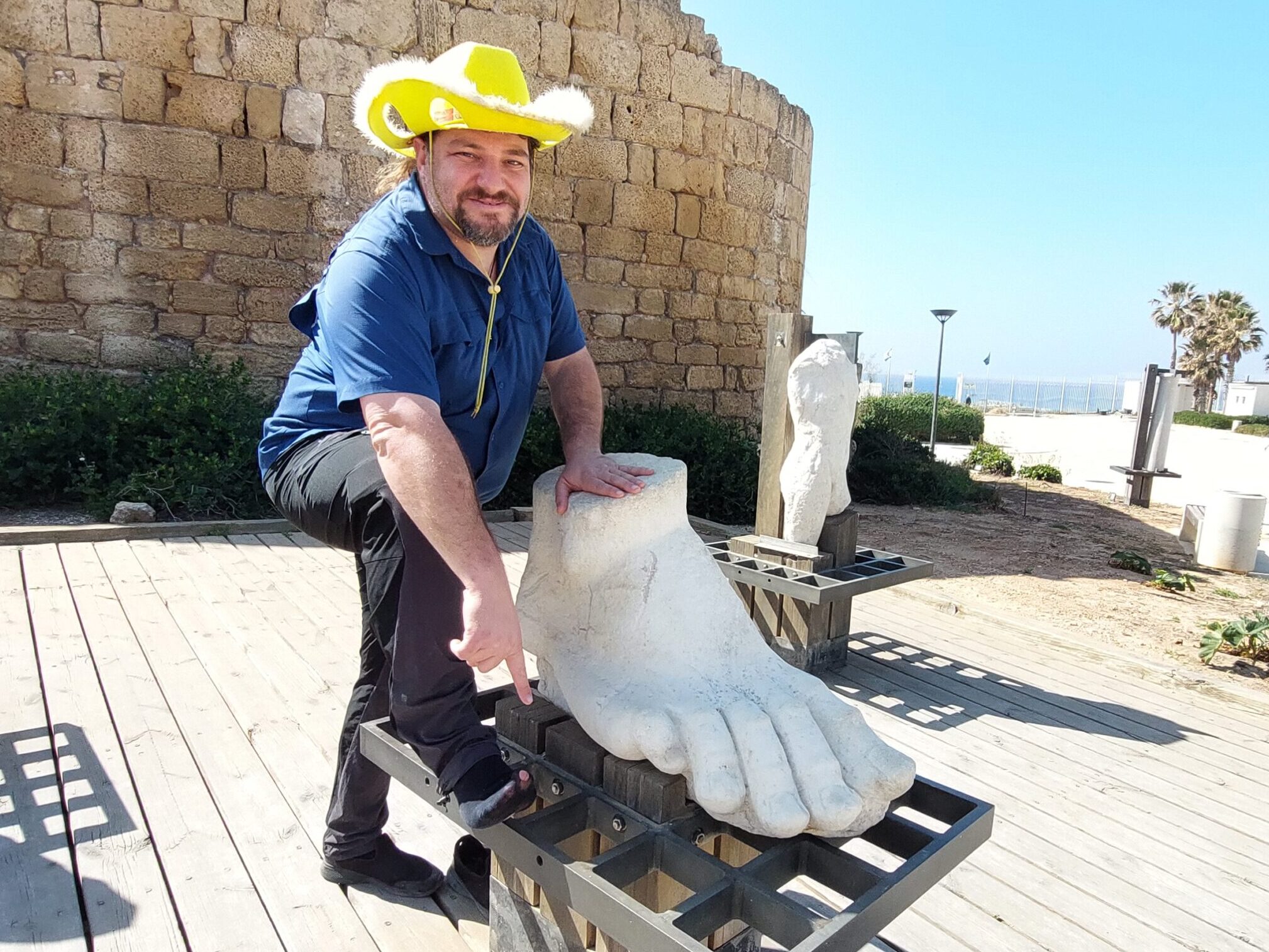
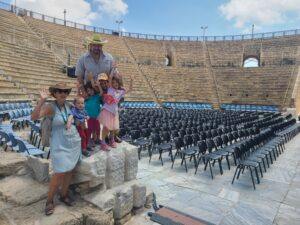

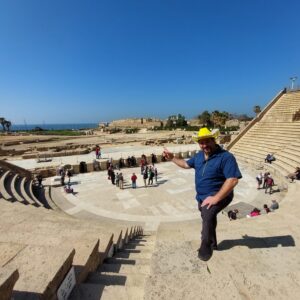
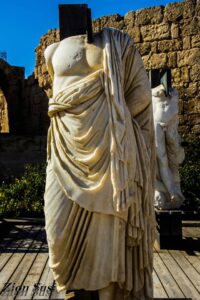

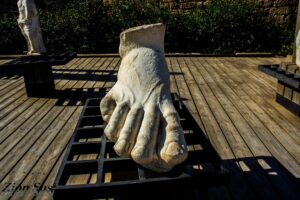
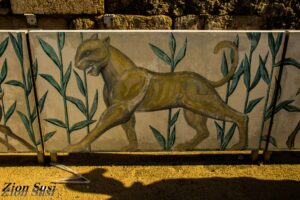
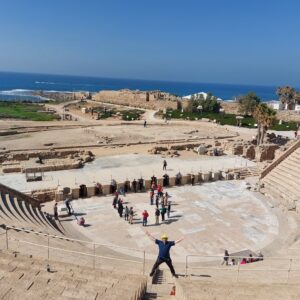


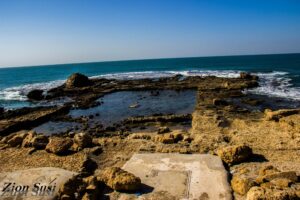
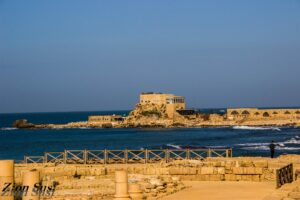
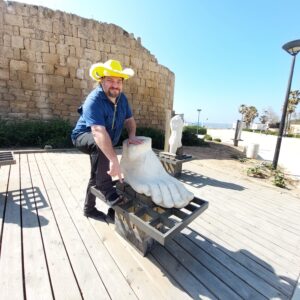
Exploring Ancient Caesarea: A Journey Through Time
Nestled along the stunning Mediterranean coast of Israel lies the ancient city of Caesarea, a site that echoes with the whispers of history. Founded by King Herod the Great in 25 BCE, Caesarea was a testament to Roman engineering, ambition, and cultural fusion. Today, it stands as a captivating archaeological site, inviting visitors to uncover its secrets.
A Visionary’s Dream
Herod the Great, known for his grand architectural projects, envisioned Caesarea as a bustling port city that would rival Alexandria. He transformed a small fishing village into a thriving metropolis, complete with a magnificent harbor, an impressive amphitheater, and stunning temples. The harbor was engineered using innovative techniques, showcasing Herod’s prowess and ambition. It was a marvel of the ancient world, allowing ships to dock safely and facilitating trade across the Mediterranean.
The Amphitheater: A Cultural Hub
One of the highlights of Caesarea is its ancient amphitheater, which could seat up to 3,500 spectators. This architectural marvel was not only a venue for gladiatorial contests but also hosted theatrical performances and public gatherings. The amphitheater’s well-preserved structure allows visitors to imagine the roar of the crowd and the excitement of the events that once took place. Today, it serves as a stunning backdrop for modern performances, blending the ancient with the contemporary.
Religious Significance
Caesarea was not only a center of trade and entertainment but also a melting pot of religions. The city was home to various temples dedicated to Roman deities, including the Temple of Augustus, highlighting the blend of local and Roman cultures. Additionally, it played a crucial role in early Christianity. According to the New Testament, Caesarea was where the Apostle Peter baptized the first Gentile, Cornelius, marking a significant moment in Christian history.
The Aqueduct: Engineering Marvel
One of the most remarkable features of Caesarea is its aqueduct, which carried fresh water from the nearby Carmel Mountains to the city. This feat of engineering, stretching over 10 miles, showcases the ingenuity of Roman builders. The aqueduct not only supplied water for the city’s inhabitants but also fed the elaborate bathhouses and fountains, illustrating the importance of hygiene and leisure in Roman culture.
Decline and Rediscovery
As the centuries passed, Caesarea faced a series of challenges, including earthquakes and shifts in trade routes. By the Middle Ages, the city had largely fallen into ruins. However, it was rediscovered in the late 19th century, sparking renewed interest in its historical significance. Excavations have uncovered a wealth of artifacts, including mosaics, pottery, and coins, providing valuable insights into the daily life of its ancient residents.
Visiting Caesarea Today
Today, Caesarea is a UNESCO World Heritage Site, attracting history enthusiasts, archaeologists, and tourists alike. Walking through its ancient streets, visitors can explore the remnants of its Roman glory, including the harbor, amphitheater, and remains of temples. If you want to make your visit truly special and memorable, come explore with Israel With Fun! Our tours are designed to bring history to life with engaging stories and fascinating insights.
Conclusion
Caesarea stands as a testament to the rich tapestry of history that defines Israel. Its ancient stones resonate with tales of ambition, cultural exchange, and transformation. A visit to this remarkable site not only offers a glimpse into the past but also invites reflection on the enduring legacy of ancient civilizations. Whether you’re an avid history buff or simply seeking a beautiful coastal escape, Caesarea promises an unforgettable experience. So, pack your bags and embark on a journey through time!
